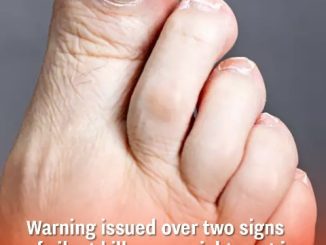Dyshidrotic eczema—also known as dyshidrosis or palmoplantar eczema—is a type of skin condition that manifests as small, fluid-filled blisters on the palms of the hands, fingers, and soles of the feet. These blisters are often incredibly itchy and can lead to peeling, cracking, and other complications. For those who suffer from this condition, flare-ups can be not only physically uncomfortable but also affect day-to-day tasks like walking or using their hands.
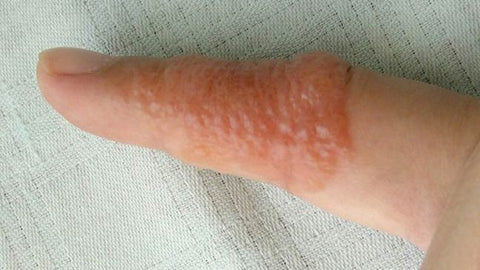
Understanding the symptoms, triggers, and treatment options is crucial for managing this condition effectively. This article will explore the various aspects of dyshidrotic eczema, including its potential causes, risk factors, treatments, and prevention strategies.
What Causes Dyshidrotic Eczema?
The exact cause of dyshidrotic eczema remains unknown, but certain factors are believed to trigger flare-ups. These can include:
- Sweating: One of the most common triggers, though experts are unsure exactly why. Excessive sweating may irritate the skin and prompt flare-ups.
- Allergies to metals: Hypersensitivity to metals such as nickel and cobalt is often a contributing factor. Individuals who work with these materials or are exposed to them in daily life may experience heightened symptoms.
- Personal care products: Certain ingredients found in soaps, moisturizers, or shampoos can irritate the skin, causing or worsening dyshidrotic eczema.
- Medications: Certain drugs, including birth control pills or aspirin, may contribute to flare-ups.
- Smoking: Exposure to tobacco, either by smoking or second-hand smoke, is linked to increased eczema symptoms.
- Stress: Emotional stress is another major trigger. People who experience high levels of stress may see an increase in the frequency or severity of dyshidrotic eczema outbreaks.
- Weather changes: Shifts in temperature, especially during warm, humid weather, can exacerbate symptoms.
While these are some of the most common triggers, dyshidrotic eczema can vary from person to person, and understanding individual triggers is key to managing the condition.
Who Is at Risk of Developing Dyshidrotic Eczema?
Several factors may increase a person’s likelihood of developing dyshidrotic eczema. Some of the most notable risk factors include:
- Genetics: A family history of eczema or other skin conditions can elevate the risk.
- History of allergies: Individuals with allergies, such as hay fever, or those who suffer from allergic conditions like asthma or allergic sinusitis, are more prone to developing dyshidrotic eczema.
- Occupational exposure: People who work with metals, cement, or other skin-irritating substances are at a higher risk. Constant contact with these materials may lead to the onset of symptoms.
- Age group: Dyshidrotic eczema is most common in adults aged 20–40 years, although it can develop at any age.
- Pre-existing skin infections: Conditions like athlete’s foot may predispose individuals to develop dyshidrotic eczema, particularly on the soles of the feet.
Identifying these risk factors early on can help individuals better manage the onset and recurrence of eczema flare-ups.
Symptoms of Dyshidrotic Eczema
The symptoms of dyshidrotic eczema can vary in severity and appearance, but the hallmark sign of this condition is the formation of tiny, itchy blisters on the palms, fingers, or soles. Here’s a closer look at the key symptoms:
- Itchy blisters: These typically start as small bumps that can merge into larger patches. The itchiness may be intense and persistent.
- Burning sensation: Early warning signs of an eczema flare-up include a burning or tingling sensation, even before the appearance of visible blisters.
- Peeling and cracking: As the blisters heal, the skin may become dry, flaky, and prone to cracking.
- Pain: If the skin becomes infected, the blisters may ooze pus, become inflamed, and cause pain.
- Tapioca-like appearance: The tiny blisters are often described as looking like tapioca pudding, giving the skin a distinctive bumpy texture.
The blisters usually heal on their own in 2 to 4 weeks, but the area may remain dry and flaky for some time after. Individuals with darker skin tones may develop dark spots or patches in the affected areas.
Diagnosing Dyshidrotic Eczema
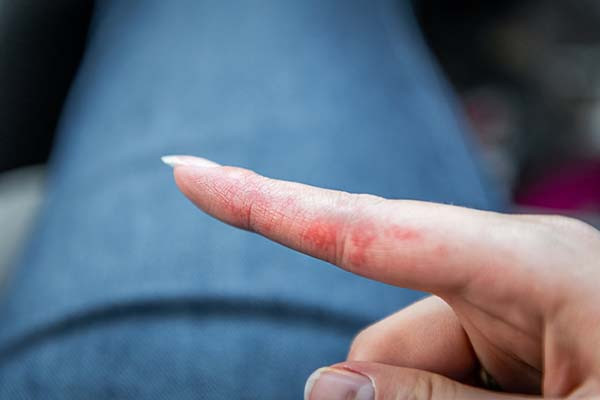
If your skin has been inflamed or itchy for more than a week, or if you notice a pattern of recurring blisters, it’s essential to consult a doctor or dermatologist. Here’s what to expect during a diagnosis:
- Physical examination: A doctor will examine the affected areas, paying close attention to the blisters and surrounding skin.
- Patient history: Your doctor may ask questions about your activities, including whether you work with metals or have been exposed to new products.
- Allergy testing: To determine whether your eczema is triggered by allergens, such as nickel or cobalt, the doctor may perform an allergy test.
- Skin sample: In some cases, a small skin sample may be taken to test for infections or other underlying conditions that could be contributing to the flare-ups.
Early diagnosis can help manage the symptoms more effectively and prevent complications.
Home Remedies for Mild Flare-Ups
For mild cases of dyshidrotic eczema, home remedies can often help relieve symptoms and speed up healing. Here are a few strategies:
- Cool compresses: Applying a cool compress to the affected area two to four times daily for 15 minutes can help reduce itching and inflammation.
- Moisturize: Use a thick, fragrance-free moisturizer or barrier repair cream immediately after a bath or compress to lock in moisture.
- Corticosteroid creams: Over-the-counter corticosteroid creams can help reduce inflammation and heal the blisters more quickly.
- Anti-itch medications: Anti-itch creams or oral antihistamines can provide relief from persistent itching.
- Stress management: Techniques like meditation, deep breathing, or yoga can help reduce stress, a common trigger for eczema flare-ups.
Taking care to avoid potential irritants, like harsh soaps or allergens, can prevent worsening of symptoms.
Dietary Changes to Manage Eczema

Nickel and cobalt, which are common triggers for dyshidrotic eczema, are present in various foods. If your doctor suspects a nickel or cobalt allergy, they may recommend modifying your diet. However, since foods containing these elements are often nutrient-rich, it’s essential to work with a healthcare provider before making any drastic changes.
Some common foods that contain nickel include:
- Cereals
- Soy products
- Legumes
- Chocolate and cocoa
- Dried fruit
Cobalt, on the other hand, is primarily found in vitamin B12-rich foods, including dairy, meat, and poultry.
A point-based diet plan may be necessary to limit your exposure to these allergens, but always seek professional advice before implementing dietary restrictions.
Medical Treatment for Severe Dyshidrotic Eczema
If home remedies don’t provide enough relief, or if flare-ups become severe or frequent, medical treatments may be necessary. Some common treatments include:
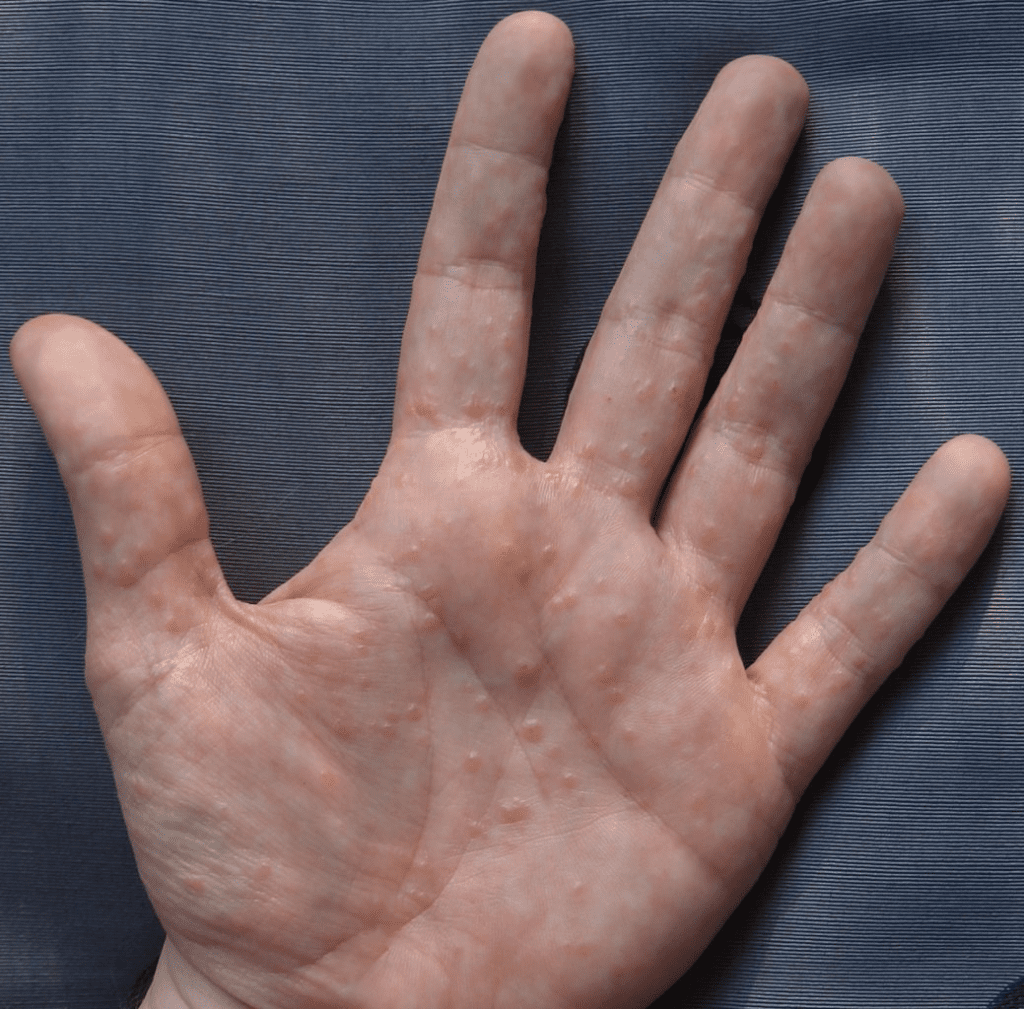
- Prescription steroid creams: These are stronger than over-the-counter options and can reduce inflammation quickly.
- Topical medications: Medications like pimecrolimus cream or tacrolimus ointment can suppress the immune response that leads to eczema.
- Systemic medications: In cases where topical treatments don’t work, oral or injectable medications may be prescribed to suppress the immune system.
- Light therapy: Also known as phototherapy, this treatment uses controlled exposure to UV light to reduce symptoms.
- Stress management techniques: Managing stress through therapy or biofeedback can help alleviate stress-related flare-ups.
In severe cases, doctors may recommend a combination of treatments to get symptoms under control.
Complications of Dyshidrotic Eczema
While dyshidrotic eczema isn’t life-threatening, it can significantly affect quality of life. Some common complications include:
- Difficulty with daily tasks: Walking, working, or even using your hands can become challenging during flare-ups.
- Infection: Scratching the blisters can lead to open wounds, increasing the risk of skin infections. If the area becomes red, swollen, or painful, see a doctor immediately.
- Sleep disturbances: The itching and discomfort can make it difficult to sleep, affecting your overall well-being.
Managing symptoms early and effectively can help prevent these complications.
Preventing Dyshidrotic Eczema Flare-Ups
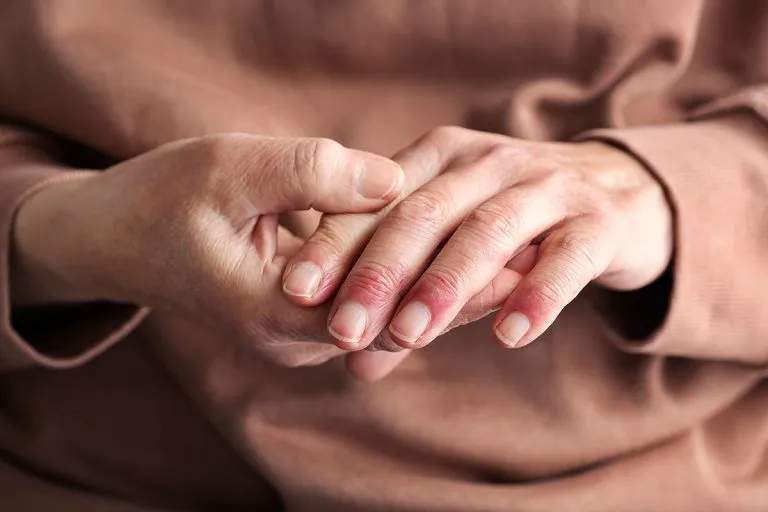
While it’s not always possible to prevent dyshidrotic eczema, there are steps you can take to reduce your risk of flare-ups. Some tips include:
- Identify triggers: Keep a journal of potential triggers, such as exposure to metals, new skincare products, or changes in weather.
- Moisturize regularly: A strong, fragrance-free moisturizer can keep the skin hydrated and reduce the risk of flare-ups.
- Use protective gear: Wear gloves when handling irritants like detergents or harsh chemicals.
- Manage stress: Meditation, yoga, and deep breathing can help reduce stress, a common eczema trigger.
- Avoid smoking: Both smoking and second-hand smoke are linked to eczema flare-ups. Reducing exposure can improve your skin health.
Working with a healthcare provider can help you develop a prevention plan tailored to your specific needs.
Conclusion: Managing Dyshidrotic Eczema Effectively
Dyshidrotic eczema can be uncomfortable and disruptive, but with the right strategies in place, it is manageable. From identifying triggers to using proper treatment options, managing flare-ups requires a combination of self-care, medical treatments, and lifestyle changes. By working closely with a healthcare provider and paying attention to your skin’s responses, you can reduce the frequency and severity of flare-ups, improving your overall quality of life.
While there is no cure, understanding the condition and proactively managing triggers can help keep your skin healthy and symptom-free.
